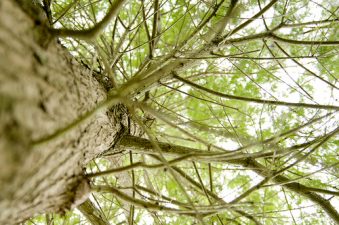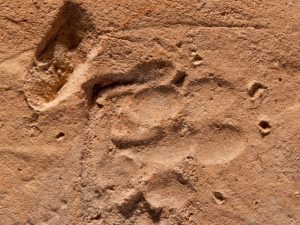According to surveys, Petach Tikva is the number one destination for young couples purchasing apartments, with a population that is growing at an annual rate of 2.4 percent. As part of a public improvement campaign before the recent municipal elections, the city began two new traffic circles. One is near my home at a dangerous intersection, where drivers routinely threaten pedestrians by making illegal turns.
I’m pleased that traffic will slow, but I suspect the city’s main concern is traffic patterns and not safety. A circle will provide an additional way for cars to cross the main road. My daughter, though, worries that in times of heavy traffic the circle will make it difficult to cross the street, as she won’t know whether a car is headed toward her until the last minute.
Neighbors on a side street sued the city because they feared increased traffic and noise. Traffic violations don’t seem to concern them. They managed to have the work stopped on a technicality.
Then we have the aesthetic issue, as every traffic circle creates a new public space to be filled. Here’s how my friend Victoria describes one notable sculpture: “An astronaut holding a giant eyeball, standing on a pea pod that is growing out of a kettle.”
Last week I photographed a sculpture going up at the other new circle . A worker noticed me with the camera, so I asked him what he thought. He replied with some unpleasant comments about the mayor. Even though I’m not particularly artistic, I realized that an element seemed to be missing. So I asked him about that, too.
According to the worker, a statue of a black cat had been placed on the rock at the base of the dodecagon. When a woman living in an apartment nearby called the city to complain that she didn’t want to see that cat out her window every day, it was removed. Apparently a columnist wrote about it too.
If you look closely you can see the hoopoe, now Israel’s national bird, at the top of the figure. Several traffic circles feature hoopoes in various poses. I wonder whether the cat was supposed to be contemplating the bird for its next meal? The worker suspects that since the mayor has already been reelected, we shouldn’t expect a replacement for the cat.
In the meantime work has begun again at my corner, and I am anxious to see what artwork will appear.
Hannah Katsman lives in Petach Tikva and keeps a blog, A Mother in Israel.





I think it would be better if you place trees there..
It appears that the widespread consensus is that I am wrong, and that traffic circles reduce pollution. See Bernard’s post above and this blog entry:
http://greeninc.blogs.nytimes.com/2008/12/30/roundabouts-efficient-or-annoying/#more-783
All of these claims that I’ve seen have not been substantiated, and I still haven’t seen any studies measuring the differences.
Let’s look at the wider picture. When urban traffic flows smoothly with minimal delays then there are fewer accidents. Methods to effect this are rapidly being adopted around the world. Where possible traffic circles instead of traffic lights are being installed. This is in spite of some inconvenience for pedestrians and neighbors. The advantages from fewer accidents, less delay and lower pollution outweigh the drawbacks. In many parts of the world right turns at traffic lights are permitted. This would also require improving the layout of our junctions which are very poorly planned especially pedestrian crossings which are placed much too close to the junction often preventing any flow of traffic. Another idea was tried by UPS. They program their routes to avoid left turns and save millions of gallons of fuel and speed delivery by this simple way of planning their journeys.
People accelerate hard at stoplights, too. Especially if you are in Israel and have someone honking at you to move.
Hmmmm, good point, but the emissions from idling are MUCH less than acceleration, especially the Israeli habit of accelerating HARD.
Then again, some of the cars accelerated out of the intersection that was there before the traffic circle.
On the third hand, I’ve idled away many an hour at traffic circles, too…
So I still think that on the balance, emissions would go up.
Would make a nice research project.
On the other hand, they save people from idling at stoplights. I think they cause less emissions over all, unless you live in Switzerland where you have to turn the engine off after 30 seconds of idling.
Another effect of traffic circles: I believe that they increase emissions from cars, especially hazardous particles from diesel engines. Accelerating out of the circle with a heavy foot on the gas causes strained operation of the engine, increasing the emissions.
If you want to reduce air pollution, go easy on the gas – when exiting traffic circles or otherwise.